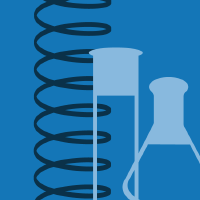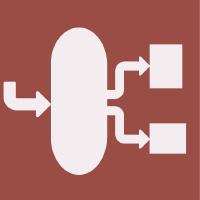Topic Editors



2. Research Institute in Food Nutrition and Food Safety, Universitat de Barcelona, Av. Prat de la Riba 171, Edifici Recerca (Gaudí), E-08921 Santa Coloma de Gramenet, Spain

Progress in Analytical Chemistry in Materials and Food and Environmental Samples
Topic Information
Dear Colleagues,
It is often said that analytical chemistry is the chemistry that is most widely used by non-chemists. This statement effectively explains how essential analytical data are for development of other nonchemical disciplines. Progress in materials science, food science and technology, and environmental monitoring and protection can not occur without the parallel development of increasingly sensitive and accurate analytical techniques and methods applied to materials, foods, and ecosystems. In material science, analytical methods allow accurate identification of the composition, characteristics, and quality of a wide variety of systems like alloys, coatings, polymers, and composite materials. Moreover, analytical chemistry plays key role in the process analytical technology which is used to design, analyze, and control manufacturing processes in the chemical industries. Тhe globalization of food production poses new requirements towards chemical analysis methods in order to ensure food quality and quarantine consumer health. Furthermore, an environment increasingly threatened by old and new emerging forms of pollution requires more and more sensitive and up-to-date analytical monitoring tools. Finally, the need to manage the information contained in huge datasets obtained by modern analytical instruments imposes the continuous development of more data driven target oriented chemometric tools.
This topic is devoted to publishing original research papers, short communications, application notes, and critical reviews about the latest developments in the fields of characterization of materials, food, and environment. Contributions related to the application of new pretreatment techniques and those aimed at maximizing analytical information by means of chemometric techniques are also encouraged.
Prof. Gavino Sanna
Prof. Dr. Domenica Tonelli
Prof. Dr. Oscar Núñez
Prof. Dr. Stefan Tsakovski
Topic Editors
Keywords
- material analysis
- food analysis
- environmental analysis
- sampling
- separation
- validation
- chemometrics
Participating Journals
| Journal Name | Impact Factor | CiteScore | Launched Year | First Decision (median) | APC | |
|---|---|---|---|---|---|---|

Analytica
|
- | - | 2020 | 15.6 Days | CHF 1000 | Submit |

Foods
|
5.2 | 5.8 | 2012 | 13.1 Days | CHF 2900 | Submit |

Molecules
|
4.6 | 6.7 | 1996 | 14.6 Days | CHF 2700 | Submit |

Processes
|
3.5 | 4.7 | 2013 | 13.7 Days | CHF 2400 | Submit |

Separations
|
2.6 | 2.5 | 2014 | 13.6 Days | CHF 2600 | Submit |

MDPI Topics is cooperating with Preprints.org and has built a direct connection between MDPI journals and Preprints.org. Authors are encouraged to enjoy the benefits by posting a preprint at Preprints.org prior to publication:
- Immediately share your ideas ahead of publication and establish your research priority;
- Protect your idea from being stolen with this time-stamped preprint article;
- Enhance the exposure and impact of your research;
- Receive feedback from your peers in advance;
- Have it indexed in Web of Science (Preprint Citation Index), Google Scholar, Crossref, SHARE, PrePubMed, Scilit and Europe PMC.

